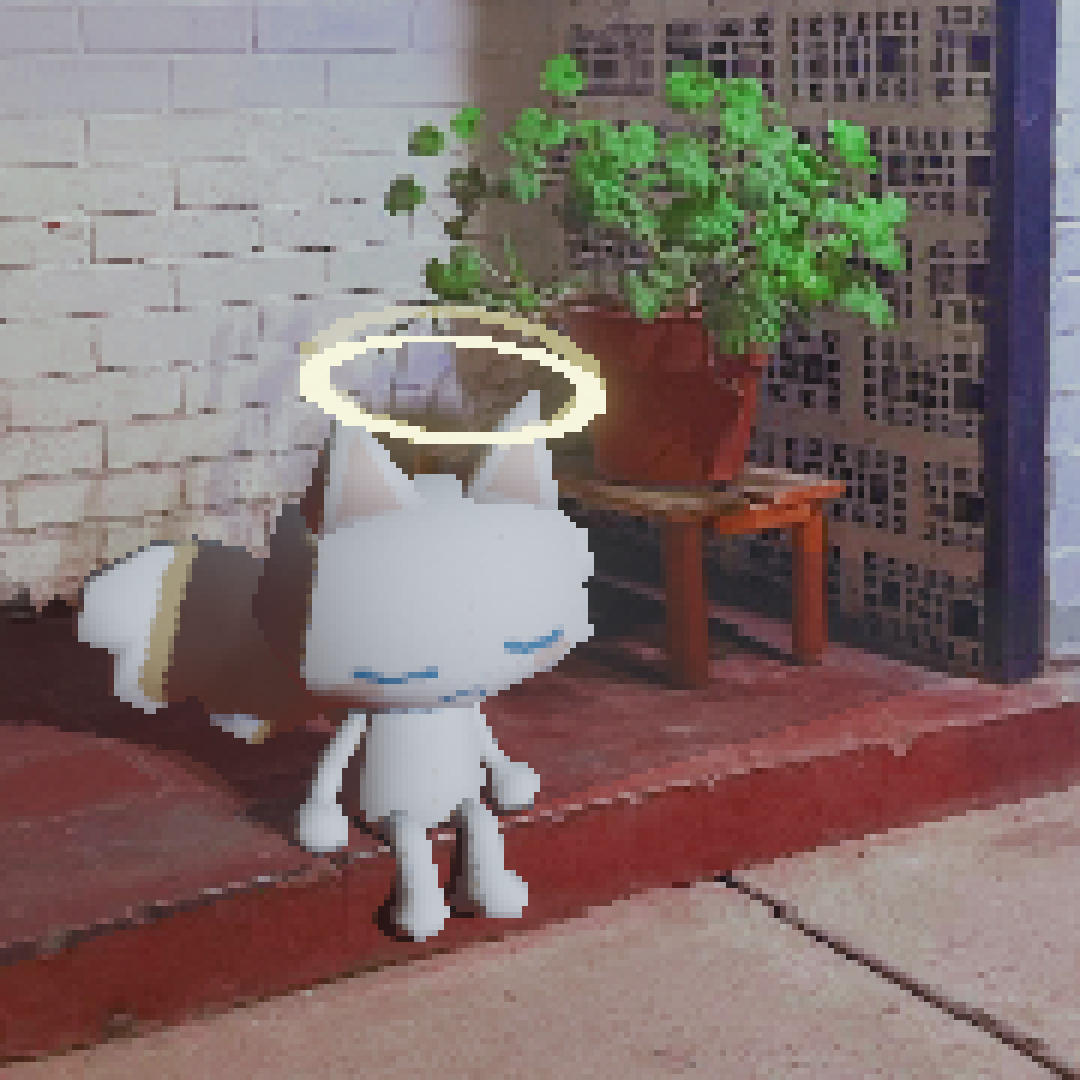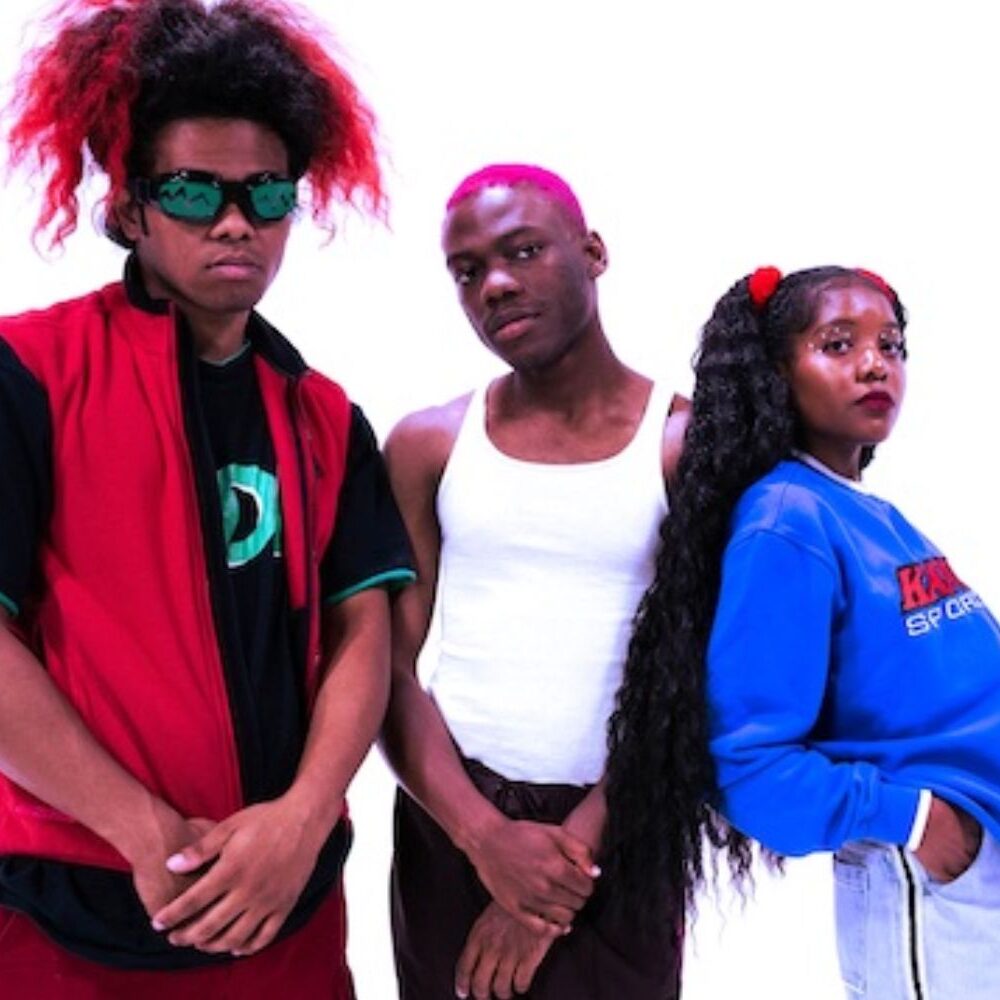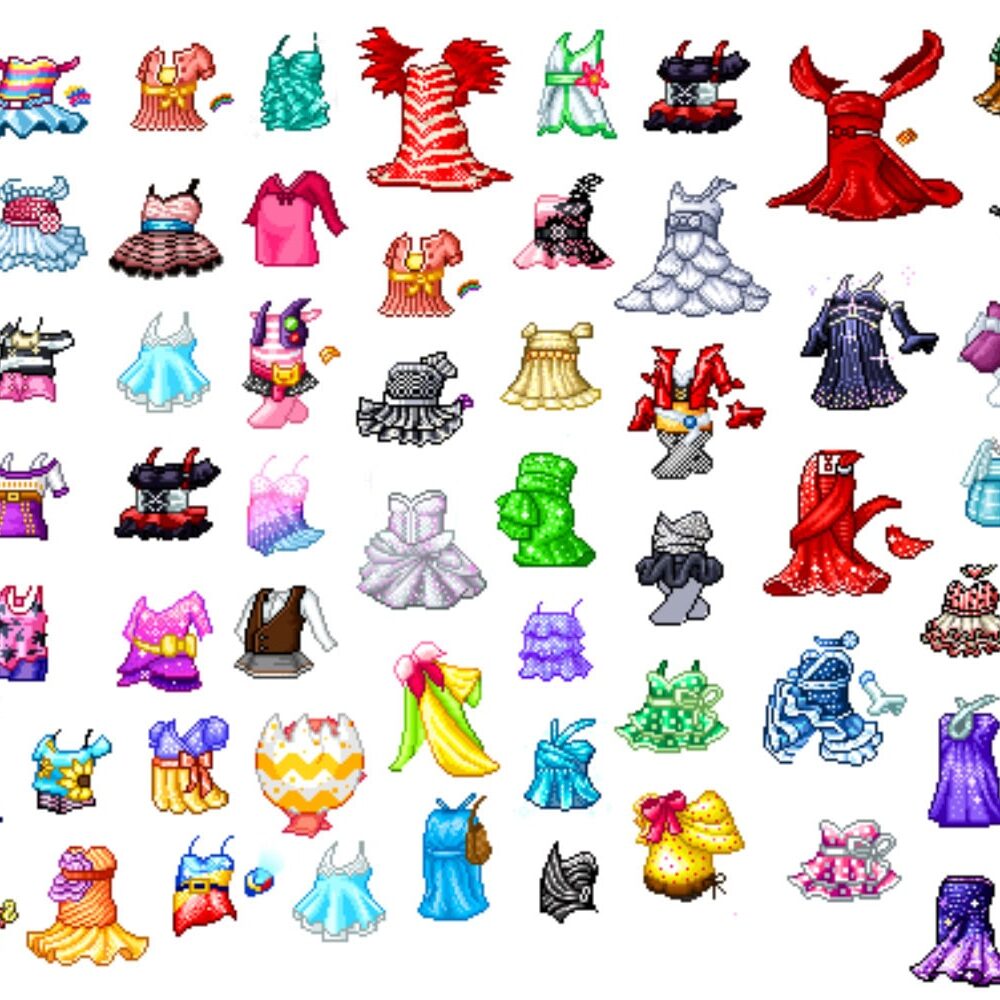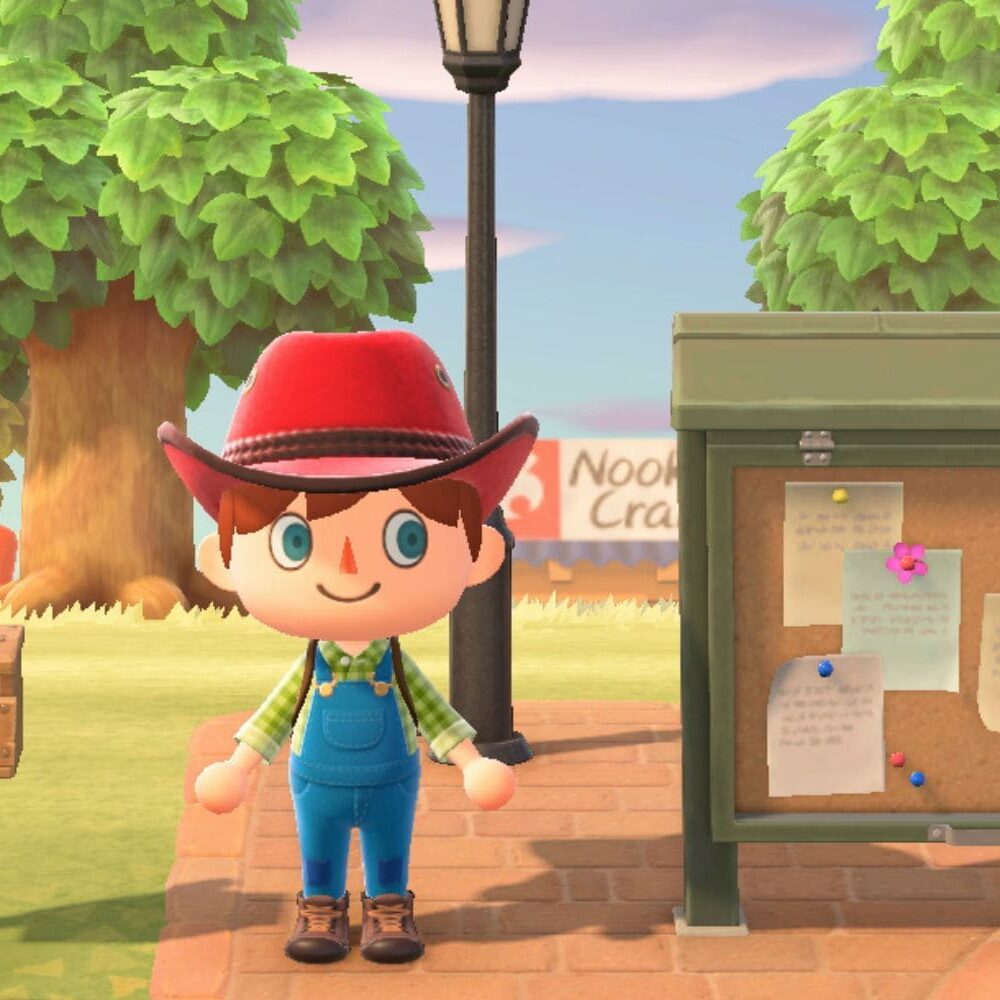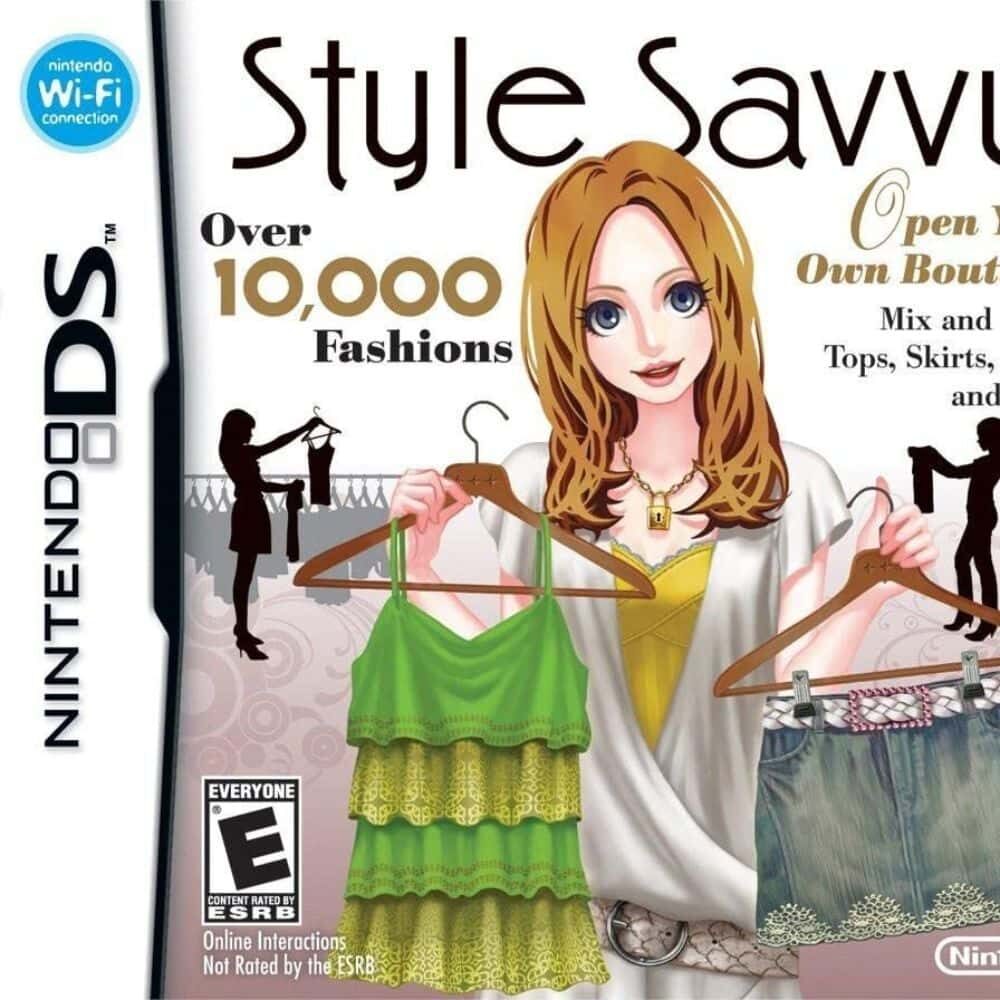
With the resurgence of digital dress-up games online, one game had surprisingly been ahead of its time…
Written by Hafsa Ahmed
Dress-up games became a hit in the online digital space during the 2000s. Many of these were the classic, click-and-select gameplays that provided clothes to dress up avatars. However, they didn’t just exist online. Digital dress-up games had existed in consoles such as the Nintendo DS. But after its discontinuation in 2020 to give space for the Nintendo Switch, it has somewhat become lost online.
Style Savvy also known as Style Boutique in Europe, is a fashion game for the Nintendo DS. Released in 2008, the game was debuted by Syn Sophia and then published by Nintendo. The game’s format includes real-time functions, such as setting times and dates.
While there have been a few sequels to this game for the Nintendo 3DS, the focal point is understanding the impact of the first game and its mechanics.

Players start off working as a sales assistant for Grace, who is the owner of her store named Strata. This is the tutorial stage, as players will learn the basics of serving customers the outfits and clothes they want. Along with Grace, players are also introduced to another character named Renee, who supports the player during the tutorials.
There are seven locations the games include: the player’s apartment, Grace’s store, the exhibition hall, Dominic’s mansion, the beauty salon, the hair salon, and the fashion show.
Customer service is a key component of the game, and players are provided profile cards of the customers detailing their price budgets and descriptions. There is a unique aspect that each customer that is being served differs in style and aesthetics for the kind of outfits they are looking for. From boho-chic to punk rock, it is up to players to decide the correct and suitable outfits for these customers.
Another feature that makes the game stand out is the usage of stamps. When served correctly, a stamp is added to the customer’s character profile. If a customer collects eight stamps, they can receive a discount on their next purchase. Such a small detail immerses players within the space of digital fashion.

Once players finish the tutorial, the game shifts from working as an assistant to owning the boutique. After being visited by Dominic, a businessman who helps players open their boutique, this is when the game really starts. The player’s boutique includes a ranking feature. When a certain number of customers have been served correctly, the rank can go up. However, if left unattended, it can also decrease. Furthermore, players can also style mannequins that can be sold in their entirety.
You only have four interiors and music choices unblocked. To unlock the rest means to earn certain amounts of achievements, in which the rest of the interiors and music selections can be collected in Dominic’s mansion. There are at least eighteen interiors to choose from, each ranging in different styles and aesthetics.
___STEADY_PAYWALL___
Like many dress-up games, the selling point for Style Savvy is the type of outfits that can be sold and worn. And that cannot be done without buying stock. Another location in the game is the exhibition centre, a shopping mall with sixteen different brands, each ranging in style and aesthetics.
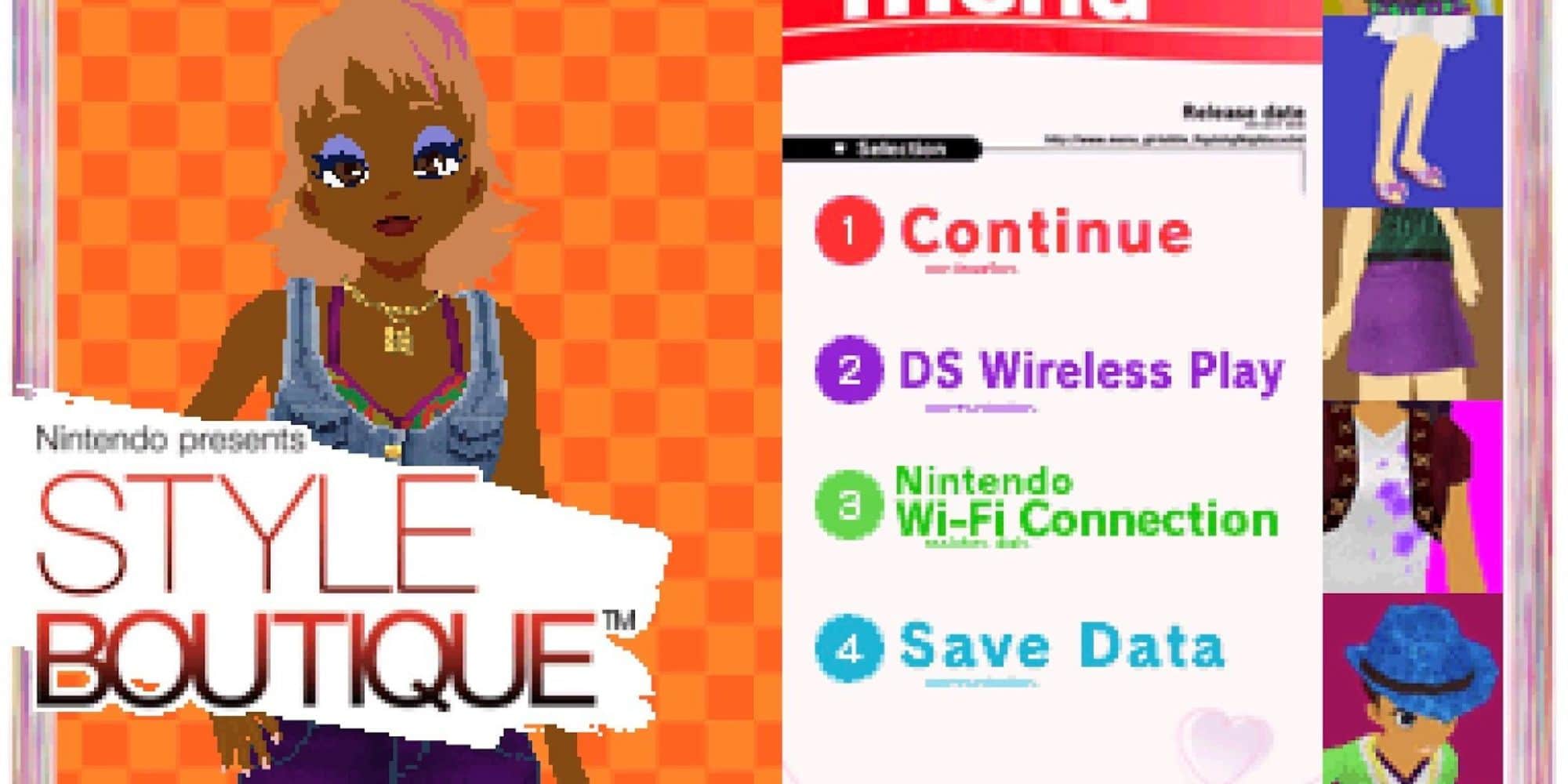
The exhibition is one of the biggest foundations of the game. In addition to regular stocks being sold, there are also exclusive items shown each day from different brands, which can be purchased on a one-time-only basis.
Depending on the amount of money players make, they can select the quantity of items that can be bought for the boutique. In addition, these items are also kept in their wardrobes and allow players to mix and match the outfits they want to wear.
As stated previously, the main component of dress-up games was the function of styling clothes on digital avatars. Style Savvy takes this concept by giving players the freedom of mixing and matching clothes from these different brands.
What makes this concept interesting, however, is the different kinds of clothes that can be bought on seasonal occasions. As the game is set on a real-time function, different brands will sell a range of outfits on these seasonal occasions. Thus, allowing flexibility for the outfits being sold within these stores during different seasons allows players unlimited choices on how they dress their avatars. Avatars can also be customised on their physical appearances, such as make-up, hair, and skin.

Another engaging aspect of the game is the fashion contest. Held by fashion star Rococo, these contests are unlocked when players achieve a certain ranking in their stores. Such fashion events present a theme, in which players must dress up to win and earn rewards.
Other activities can also include players being invited by their customers to go on outings, like concerts, tea parties, picnics, etc. In addition, they can alas accept or reject the offer in being featured on the Nuance fashion magazine. If accepted, players can offer two items that will be featured in the magazine, and where customers can request to buy the item.


The aesthetic of style-savvy pops in its colours and y2k-inspired look. Based on the outfits that can be mixed and matched, to the customers that players interact with, there is a nostalgic feel with the way it allows creative freedom for players. In addition, there are certain aspects of the games that give a nod to current trends in fashion culture. For example, one of the themes from the fashion contest is office chic, which can be relevant to the current trend of the office siren look. Much of the charm of Style Savvy can come from the outfit’s familiarity with current fashion trends.
And it wasn’t just a typical dress-up game., Style Savvy offered players choices to decorate their interior, shop in exhibition halls, dress, style their avatars and even socialise with customers they serve. It went beyond the scope of dress-up and engaged players through these examples of digital interaction.

Despite the discontinuation of the Nintendo DS and 3DS consoles in 2013 and 2020, almost making it hard to find the game online, it had garnered a cult following of fans, both new and old. A recent sub-culture on TikTok includes fans showcasing their love for the game, and the impact it had left on them. From creating fan art to showcasing their avatars, fans have preserved the beauty and charm of the game. In other words, the game had been ahead of its time, shaping fashion culture within both the digital and social space.
Enjoyed this story? Support independent gaming and online news by purchasing the latest issue of G.URL. Unlock exclusive content, interviews, and features that celebrate feminine creatives. Get your copy of the physical or digital magazine today!

